
OR

Not many children these days know what farming feels like and almost no one will pursue it as a career, despite the fact that our country is largely an agricultural one and that our forefathers had heavily relied on farming as their sources of livelihood. It was to prevent this loss of identity and preserve our traditional values that the Tiger Lily Petting Farm and Museum was established.
Located in Sirutar, Bhaktapur just 2.5 kilometers away from Kaushaltar intersection, Tiger Lily Petting Farm and Museum is an educational spot for children and adults alike that provides one-on-one learning experience about the main sources of everyday kitchen items like dairy products, rice, flours, corn, meats, and eggs. Through their farmland and hands-on museum, they also educate people about significance of farmer, seeds, old country tools, local measurement units, the mechanism behind hydropower and so on.
“Children who have been raised in cities today know everything about electronic gadgets but hardly have an idea about how the food gets to their dinner table or how the electricity is generated. Even at schools, teaching is limited to books and computer screens. We want to make children aware about the basic farming procedures and life of our ancestors,” says Rajendra Upreti, owner and operator of the farm.
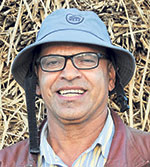
Upreti, by profession, was a respected and handsomely paid biomedical engineer who worked in the USA for over two decades. But he wanted to do something for his own country. During his stay in America, his children were fond of visiting parks and feeding the animals there. It was this that inspired him to establish a farm where children could interact with animals and learn to care for them.
After visiting various schools in Kathmandu valley, Upreti realized kids these days needed to learn more about agriculture and ancient ways of life along with learning about animals and how to best care for them. This was how Tiger Lily Petting Farm and Museum came into existence.
The farmland is spread over 10 ropanis of land. Visitors are first briefed about the tour they will be taking in the next three hours. The journey begins at the seed bank of the farm where children are shown the different varieties of grandma’s heirloom seeds found in Nepal. Then they are taken to the measurement section. There they get to learn about different traditional and modern measurement tools. Children are allowed to measure and convert the units of the items so that they can learn it all by practice and not just limit their knowledge to the theory aspect of it.
The next part of the trip is learning to use simple instruments like Janto and Dhiki to name a few. Here children will learn to churn butter from milk, make beaten rice, and make popcorn using dry animal dung as the source of heat. In a separate room, children are also trained in archery.
Once taken to see the scarecrow, they are told stories of traditional farming and are made to feed and ride the horse, and shown bee farming as well. They are also taught to milk the cows, brush the belly of pigs and play with pets like rabbits, hens, chickens, goats, white mouse, sheep, and turtles.
They also get to go on a tractor ride around the fields of the farm. The journey ends with a display of hydropower generation. “With a 33-feet long tower and a power turbine, we let the children generate electricity by themselves,” says Upreti.
Being a totally new concept in Nepal, the place is often swamped with school students. Upreti says that while the business is good, they face quite a fair share of problems as well. At the top of the list is taking proper care of animals. “Taking care of so many animals isn’t easy. There are many things you need to attend to,” he says.
The farm operates seven days a week with just even employees. Upreti confesses to feeling elated when visitors thank him for the services. “We feel like all our hard work has been worth it every single time someone thanks us providing his/her kids a wonderful learning experience,” he concludes.
You May Like This

Learning to die, learning to live
Death is the biggest unknown. That's why it is man's biggest fear. It is the ultimate truth and there is... Read More...

Ensuring learning during the lockdown
Due to the COVID-19 pandemic, schools across Nepal have been closed since March 19 and it is not clear when... Read More...
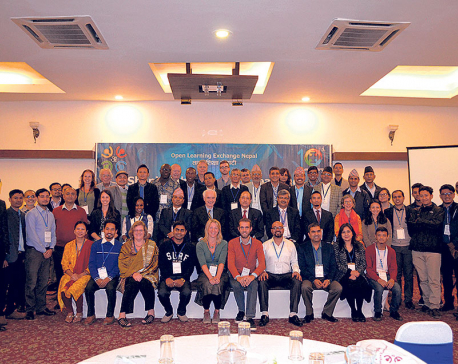
EdTech Explores Digital Learning Potential
KATHMANDU, Nov 11: A three-day conference titled ‘OLE Nepal: EdTech Conference 2017’organized by Open Learning Exchange Nepal came to an end... Read More...




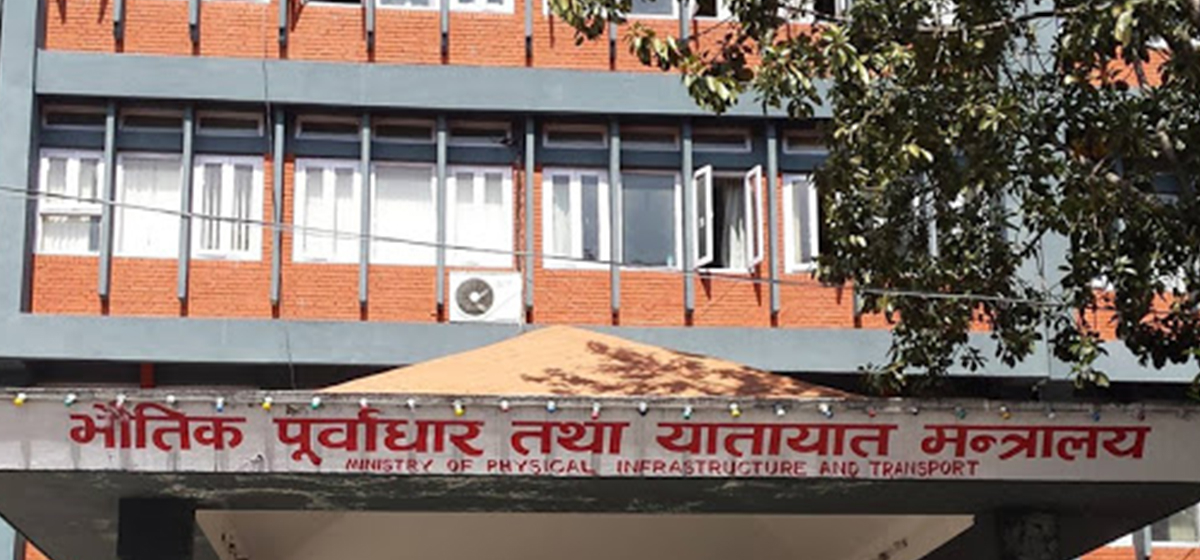
Just In
- Taylor Swift releases ‘The Tortured Poets Department’
- India starts voting in the world’s largest election as Modi seeks a third term as prime minister
- EC seeks cooperation for free and fair by-election
- Bus carrying wedding procession attendees meets with accident in Sindhupalchowk claiming three live
- CPN (Unified Socialist) to hold its Central Committee meeting on May 10-11
- Over 16,000 paragliding flights conducted in one year in Pokhara
- MoPIT prepares draft of National Road Safety Act, proposes rescue within an hour of an accident
- Light rainfall likely in hilly areas of Koshi, Bagmati, Gandaki and Karnali provinces











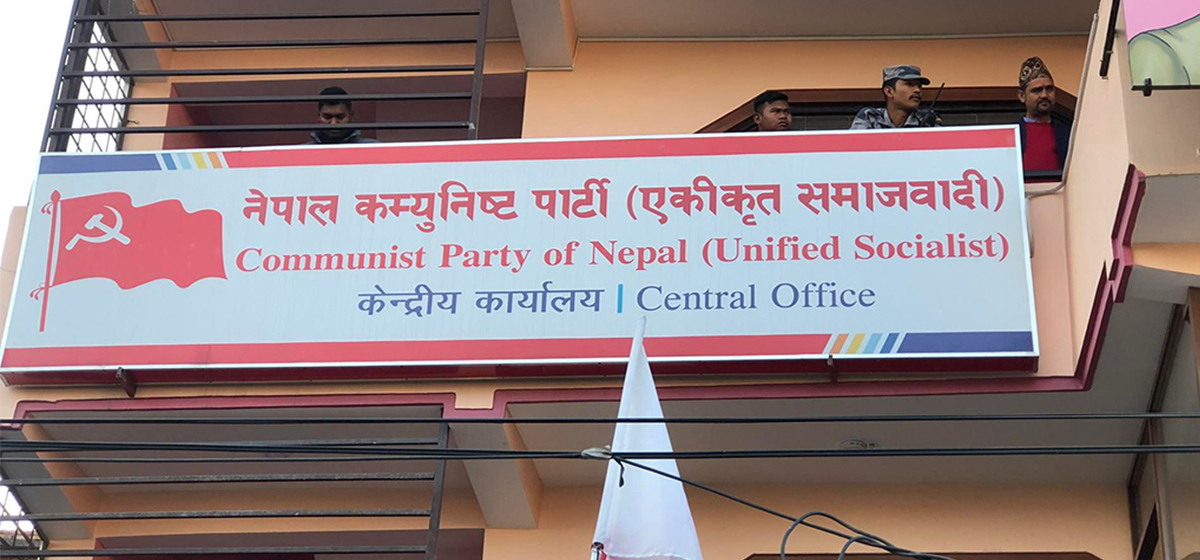
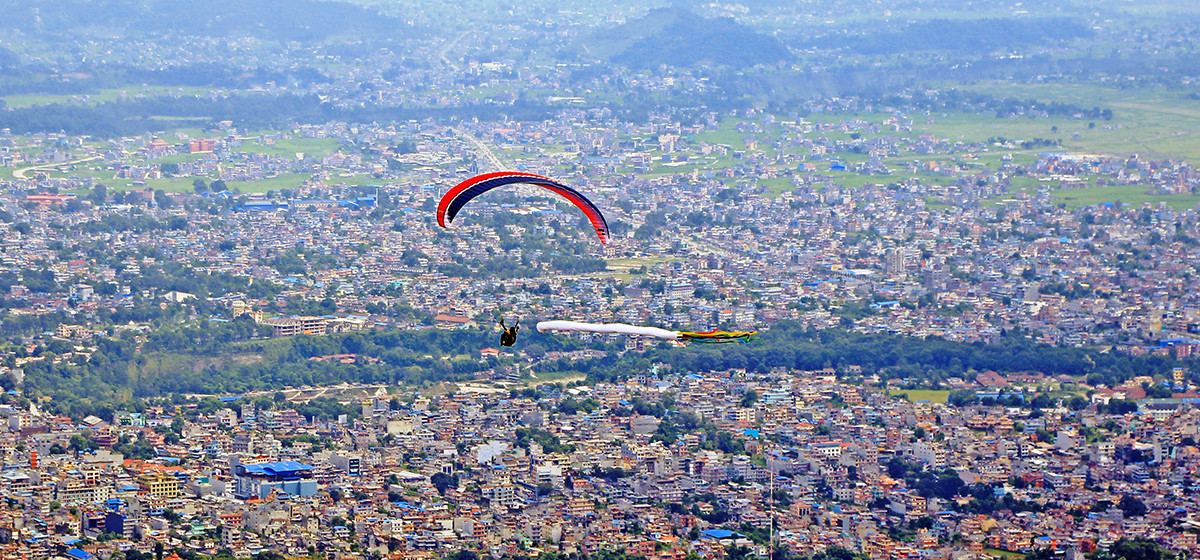

Leave A Comment